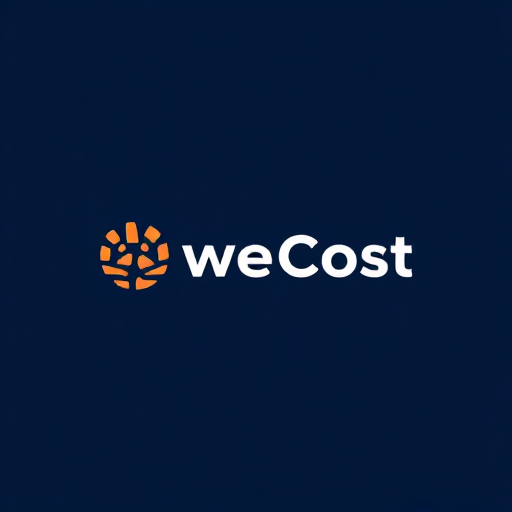How To Use Blogging For Lead Generation
Blogging has emerged as a potent tool for businesses to attract, engage, and convert potential customers into leads. This article explores effective strategies and best practices for leveraging blogging to generate leads, fostering growth and driving business success.
1. Understand Your Audience and Their Needs
Successful lead generation begins with a deep understanding of your target audience. By identifying their pain points, interests, and challenges, you can create blog content that resonates and addresses their specific needs.
Create Buyer Personas: Develop detailed profiles of your ideal customers based on demographics, behaviors, motivations, and goals.
Conduct Audience Research: Use tools like surveys, social media insights, and website analytics to gather data on what topics and questions your audience is searching for.
2. Optimize Blog Content for Search Engines
Search Engine Optimization (SEO) plays a crucial role in attracting organic traffic to your blog. Optimizing your content ensures it ranks well in search engine results pages (SERPs), increasing visibility and driving more visitors to your website.
Keyword Research: Identify relevant keywords and long-tail phrases that your audience is likely to search for. Use tools like Google Keyword Planner, SEMrush, or Ahrefs to discover keyword opportunities.
On-Page SEO: Incorporate keywords naturally into your blog titles, headers, meta descriptions, and throughout the content. Optimize images with alt text and ensure your URL structure is clear and descriptive.
3. Create High-Quality, Valuable Content
Compelling content is the cornerstone of effective lead generation through blogging. Your blog posts should provide informative, valuable, and actionable insights that address your audience’s pain points and interests.
Educational Content: Offer practical tips, guides, tutorials, and how-to articles that help solve problems or provide solutions.
Thought Leadership: Establish your authority in your industry by sharing expert opinions, insights, and thought-provoking content.
Case Studies and Success Stories: Highlight real-life examples and customer success stories to demonstrate the effectiveness of your products or services.
4. Implement Lead Magnets and Content Upgrades
Lead magnets are valuable resources offered to visitors in exchange for their contact information. Content upgrades enhance specific blog posts by offering additional relevant content or resources.
Types of Lead Magnets: Create ebooks, whitepapers, templates, checklists, or exclusive reports that align with your blog content and appeal to your audience.
Call-to-Actions (CTAs): Include clear and compelling CTAs within your blog posts that encourage readers to download your lead magnets or subscribe to your email list.
5. Promote Your Blog Content
Maximize the reach and visibility of your blog posts by promoting them through various channels:
Email Marketing: Share new blog posts with your email subscribers. Create dedicated newsletters or include blog updates in regular communications to keep subscribers engaged.
Social Media: Leverage platforms like Facebook, Twitter, LinkedIn, and Instagram to share your blog posts. Use eye-catching visuals, relevant hashtags, and engaging captions to encourage clicks and shares.
Guest Blogging: Write guest posts for reputable websites and blogs in your industry. Include a backlink to relevant blog posts on your own website to attract new readers and potential leads.
6. Optimize Landing Pages for Conversion
Ensure that the landing pages where visitors arrive after clicking on your blog CTAs are optimized for conversion:
Clear Value Proposition: Clearly communicate the benefits of your offer and what visitors will receive in exchange for their information.
Simple Forms: Keep your lead capture forms concise and easy to fill out. Ask for only essential information to minimize friction and increase conversion rates.
Thank You Pages: After submission, redirect leads to a thank-you page that confirms their action and provides additional resources or next steps.
7. Measure and Analyze Performance
Monitoring the effectiveness of your blogging efforts is crucial for optimizing your lead generation strategy:
Use Analytics Tools: Utilize tools like Google Analytics, HubSpot, or WordPress Insights to track traffic, engagement metrics, and conversion rates from blog posts.
A/B Testing: Experiment with different CTAs, headlines, content formats, and lead magnets to identify what resonates best with your audience and improves conversion rates.
ROI Calculation: Calculate the return on investment (ROI) of your blogging efforts by measuring the number of leads generated compared to the resources invested in content creation and promotion.
Blogging is a powerful tool for lead generation when approached strategically and consistently. By understanding your audience, optimizing for search engines, creating valuable content, implementing lead magnets, promoting effectively, optimizing conversion paths, and continuously analyzing performance, you can attract qualified leads and nurture them into loyal customers. Incorporate these practices into your blogging strategy to drive sustained growth and achieve your business objectives effectively.
For more information, email admin@1dollarcreatives.com.







